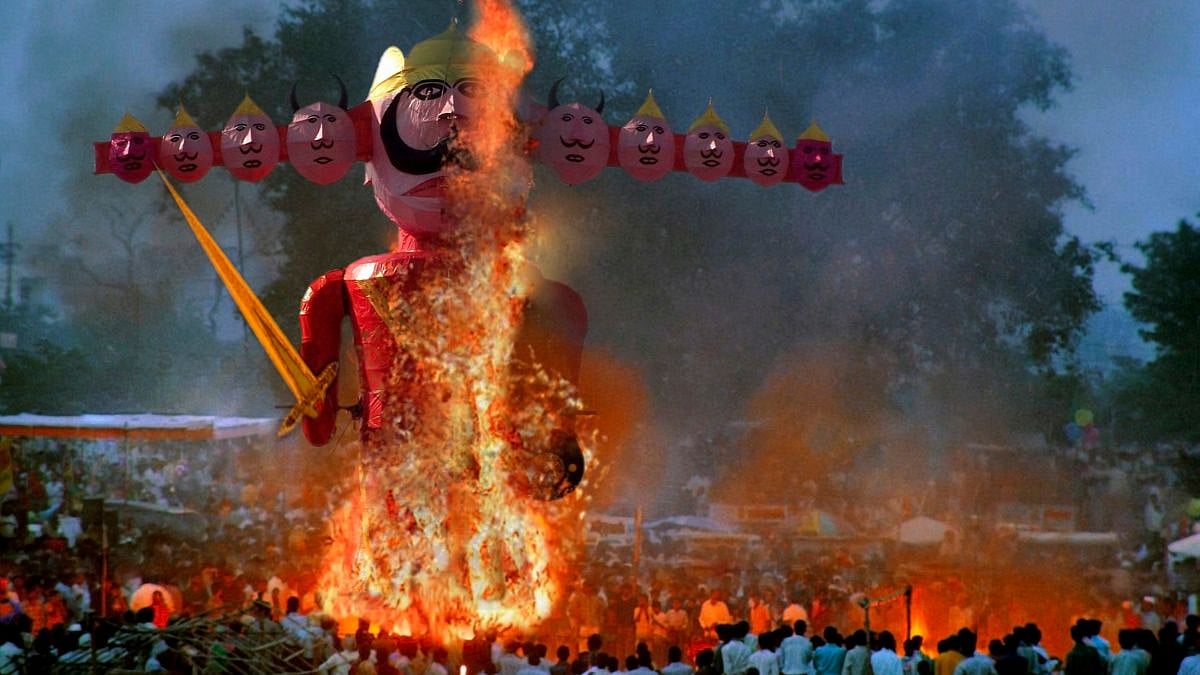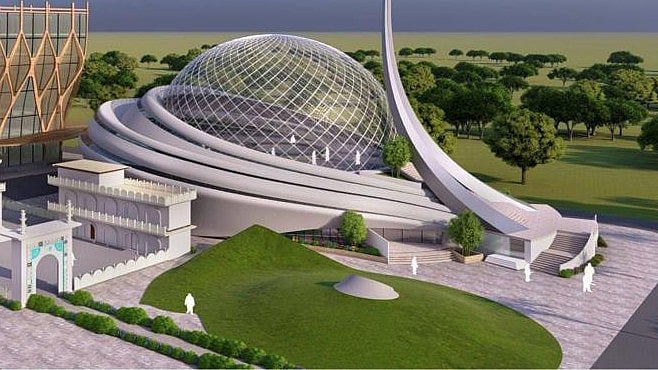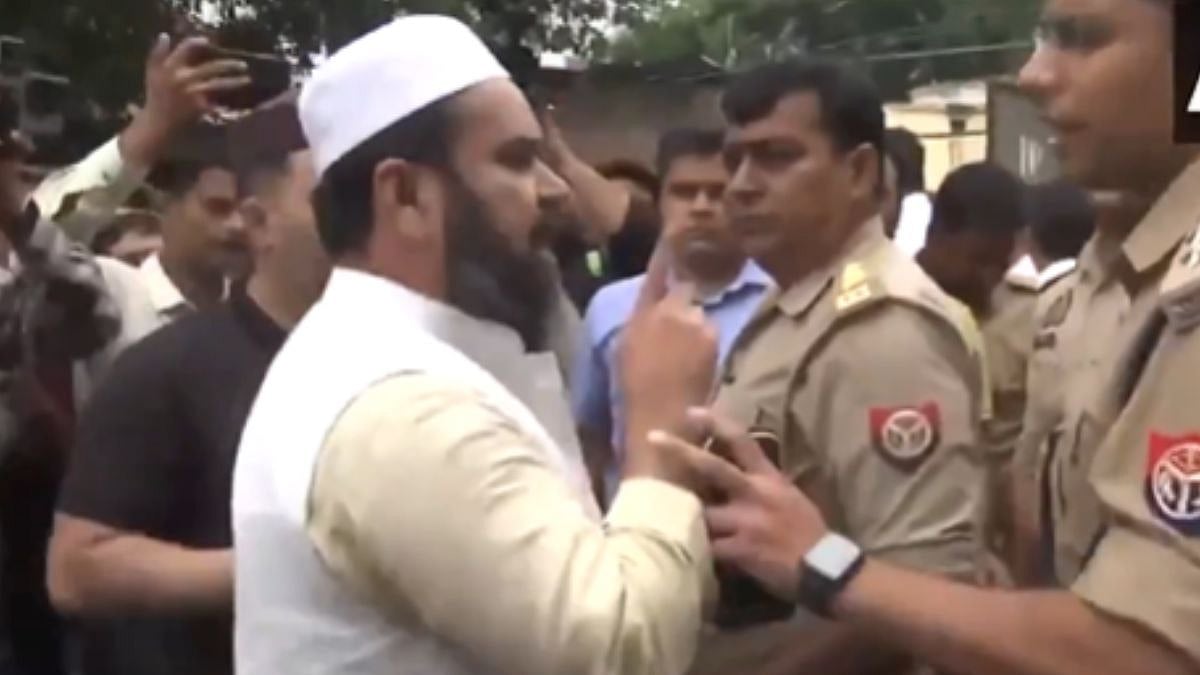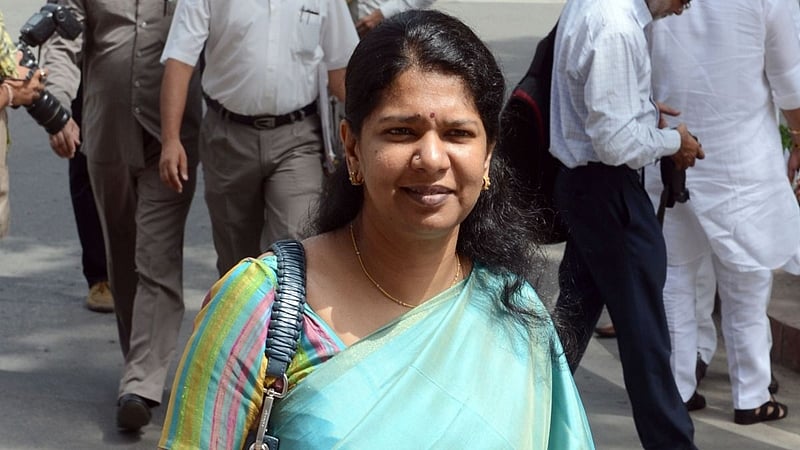There are those who like to romanticise the India of yore. Those who call her past as glorious, blaming invaders and colonial powers for the country losing its shine without bringing up the Indians who helped enable them. But a perspective to objectively seek, a more realistic and distanced view of what led to the heights of glory and the doldrums of doom which have cyclically visited the Indian subcontinent is rare to come by. Meeta and Rajivlochan's Making India Great Again: Learning from our history does that.
It is unimaginable to think of the history of this land without talking of the the rise and fall of mighty empires and kingdoms. But what made for the complete lack of a sense of contemporarian nationalism? Why was India just a bunch of kingdoms and fiefs in a continuous state of war with each other till a powerful ruler got them to unite? Such imposed unity was quick to evaporate bringing up old fissures everytime the sun set on an empire. It didn't help that there was no institutionalised way to help think differently.
What was bringing the foreign invaders to India? After all the wealth of India, the gold the diamonds were renowned. Whether Muhammad-Bin-Qasim (711 AD) who attacked Sindh, Mahmud (who invaded India 17 times between 1000-1026 AD), Muhammad Ghori (first attacked Multan in 1175 and repeatedly did so till 1192 AD), Sultan Mahmud of Ghazni (who was the first to penetrate deep into India), Timur (who marched on Delhi and took over the region around in 1398) Nadir Shah (1738 AD) every invader who marched on this land came to spread their religious, to extend their empires were drawn by the immense wealth of what was still one of the richest lands of the world. The plunder of the Somnath temple, the looting of the Peacock Throne and the Koh-i-Noor that went on to become the jewel in the crown of the British empire is proof of the plunder.
Colonialism destroyed Indian economy, with the British giving deathly blow with their policies which ended self-sufficiency. Since the industrial revolution was already making waves in England, India became the source to fund it, provide raw materials and a ready market for British goods and textiles. The call for Swadeshi during India's freedom movement led to a call for boycott of foreign goods, to awaken national self-esteem and hit the British economy where it hurt most.
India's fatalism and centuries of living contented lives contrasted hugely with the way the West saw wealth where amassing more than needed was seen as a virtue.
In Making India Great Again the authors contend that building robust institutional networks of information and trust will remarkably boost India's ability to create wealth. State apathy is blamed for the condition we find ourselves in. The authors point out how though India has always been a land of innovation, there seems to be difficulty in Indians picking up do's and don'ts from past experience. They say that a learning ecosystem that could be used to leverage success is what is needed to unlock India's complete potential.
The arrival of the East India Company may have haralded the Brtish Raj but it also taught Indians to overcome difficulties in a tough market and emerge strong. This changed the face of both Indian businesses and the way they were run for good. The British brought in templates to sytematise, collate information scientifically and harness both these factors to boost productivity and profit.
The book also takes a look at the several of India's social groups who lived hand-to-mouth - thriving on the simplest meals and the way the British abused the role of their institutions in systematising information as borne out by the horrific famines which ravaged Bengal which had been the richest province till then.
A chapter on banking and value creation which looks at how the Nawab of Bengal, Murshid Quli Khan, and Manickchand came together to fascinatingly points out how this sowed the seeds for banking in India. History shows there was never any dearth of wealth in India but Indians lacked the know-how to put such capital to effective and efficient use. It will be recalled how Kerala's Sri Padmanabhaswamy Temple had amde international headlines following the discovery of Rs90,000 crore wealth.
The book also goes into considerable details to look at the iron and steel manufacturing processes which was indigenously developed in in India. Despite producing the best steel in the world, Indians were unable to scale up production to keep in step with the increased demands of an industrialising world. Though most mathematical theories which have helped the world make strides in the field of science emerged in India, the country of their origin could not capitalise on this.
The authors rightly underline how the lack of institutional support is responsible for uneven distribution of skills in India. While knowledge has been tradtionally important but knowledge systems have always remained distant for Indians from the past to date. This affects and prevents their growth.
Every event in a nation's developmental timeline has its own progressive significance, provides an opportunity to learn, improvise and innovate. It can help the nation set goals and chart a planned approach to acheive them. According to the authors, ensuring security of property through systematisation of land records and creation of unique IDs; improving the learning curve; creating a high order of skills among the working population; building resilient knowledge institutions; and improving productivity by scrapping archaic laws and perverse incentives can help India achieve this.
In a country as huge and populous as India, reaching out to everyone particularly those at the far margins can be a challenge. Even systematising information for such an exercise becomes daunting because of illiteracy, ignorance and apathy. But policy makers cannot put up their hand citing this problem. Untiringly efforts have to continue even if it means taking tiny steps in that direction.
This book which uses the past to help us look closely and understand the present even while giving us direction for the future to come is a scholarly work that brings in a contemporarian insight into what holds India back. It should be a must read for policy makers and general public alike.
The authors took questions about their work from this writer. Here are the excerpts from that interview:
Why this book now?
This is a book of serious history which avoids academic jargon without being frivolous or rhetorical; it focuses on the long-term history of India, and invites common Indians to think of their history in a more scientific way.
We accuse Indians in this book for their refusal to document their own lives and experiences and their inability to subject their ideas to scientific reality testing. This, we argue, held Indians back in the past; continues to hold them back today; and, will continue to hold them back unless they realise the importance of both, documentation and, of subjecting all ideas and experiences to scientific reality testing. The book has been in the making from much before Donald Trump made public the idea of making America great again.
The intellectual roots of this book are rooted in two traditions. One is of the political Indians who for many centuries have been caught up with the notion that theirs’ is a great nation. This notion leavened the understanding and politics of many public figures. The analyses of why this greatness was lost though, remained subject to the ideological positions that people adopted. The other intellectual tradition in which this book is rooted is that of European scholars who have been examining a grand idea called the ‘Great Divergence’ wherein they try to make sense of the sudden downfall of two civilisations, India and China, in the 19th century.
Can you give us an idea of how long it has taken from the germ of an idea to the actual book?
Rajiv is a history evangelist. He likes to talk of history to non-history people, urging non-historians to take a greater interest in investigating history scientifically. It was through his interactions with young people studying in science and engineering colleges that he felt the need to come up with a sensible, easy-to-understand book of history, for answering questions that were troubling them. Young Officer Trainees at the LBSNAA, Mussoorie, the young students at IIT Bombay and Punjab Engineering College, Chandigarh, they all asked simple questions on what constituted the greatness of India and why India ceased to be great all of a sudden in the 19th century.
What were the most challenging aspects of researching the book?
Learning Sanskrit. We discovered Sanskrit texts from the 9th and 10th centuries in which the author explained that the text was being written in Sanskrit BECAUSE Sanskrit was a popular language with a wide reach. Now that was something which went against the grain of everything that we had been taught. Moreover, knowing the language reduced our dependence on translated material.
You have dealt in considerable depth with the development of metallurgy in India. Why were we not able to sustain this knowledge?
Not only were we not able to sustain this knowledge, we actually forgot about it altogether because we refused to document our knowledge and practices in a scientific manner and refused to spread this knowledge far and wide. We say that this is because Indians did not understand the value of keeping permanent records in a simple comprehensible language. The records that we do have are written in a poetic, flowery manner-- dare I say, a jargon ridden manner---- which isn’t a reliable strategy for knowledge transfer. There was also this interesting detail from about 1250 c.e. about the sun temple at Konark which Brahmins insisted on building themselves, without involving the 'lower castes.' The local crafts people predicted the structure would collapse since Brahmins had no knowledge about how to build properly. More than half the temple collapsed almost immediately after being built. Today we have forgotten all these details even while we marvel at that ruin, build fantasies around it but do not even notice the fantastic, mathematically accurate architecture of temples such as Brihaddesvara at Thanjavur in Tamil Nadu.
It could be that we, as a society, aren’t very good at recognizing our own true strengths and successes and building upon them to reach further.
The textbooks on which we grew up, told us of how all knowledge about Indian craftsmen had been lost in the mists of history. Now we know that all that knowledge was alive and in practise till as recently as the Mutiny of 1857. In historical terms, this isn’t really too long ago. So when we notice the remarkable loss of memory of such abilities, one can only blame the absence of committing experiences to paper for that.
The book does not deal with the unequal distribution of wealth and the exploitative ecosystem which keeps perpetuating this...
Historically, India was a society in which there were no restrictions on people carrying weapons. It is quite difficult to exploit or oppress anyone who is armed, and has free access to more weapons. Moreover in India, unlike in Europe, no one was tied down to anyone by law. The easy mobility of people— physical mobility, social mobility, political mobility— precluded the existence of an eco-system that could exploit anyone.
Till as recently as a hundred years ago, India was a sparsely populated land where people had the facility of moving away from their exploiters. This is not to say that India was a society of great harmony, love and affection. Merely that it is rather difficult to be too oppressive or too hate-ridden when the targeted people can move away easily. It’s the geography, you see.
Why is the book silent on the inter-sectionalities between caste, gender, and religion and the inequitable distribution of wealth because this is clearly what is holding India back...
Being a trader or a ruler or a landholder or a craftsman was not restricted to any caste or gender or religion. The priestly and scholarly classes may have been primarily Brahmins, but unless they were landholders and rulers, they were at best considered to be village servants or at worst, beggars. The issues of which you talk have overwhelmed India only since the 19th century. In Peshwai Maharashtra such tendencies may have started in the aftermath of the debacle at Panipat in 1761.
Every crisis, including Corona has seen the wealthy become wealthier while more and more middle class keep getting pushed into poverty. As career bureaucrats with a bird's eye view of the system and as authors of this book what do you see as the way out?
The Indian middle class grew with the help of a state driven by socialist drivel, entirely at the cost of the large body of the Indian poor. It is a surprise that the Indian poor have tolerated this exploitative middle-class for so long. Though, do notice that the Indian middle-class hates everyone else who makes wealth without resorting to socialist drivel. I would say that the state has to be based on well documented, widely understood and accepted rules, precedents, and laws, i.e. it has to be “bureaucratic”. It is fair laws, applied fairly, which allow people to have a sense of justice and trust each other. The bureaucratic state which mediates between individuals and ensures fair play and justice to all irrespective of social origins, is important here. Otherwise, greed, profit making and distrust have always been powerful drivers of human society. They need to be reined in. Capitalism and its concomitant ideas of individual liberalism ensured that reins are put on those who try to become wealthy at the cost of others.
Pro-Balkanists speak of how the West and South of India have sustained other parts of India for far too long. Fertility rates in the poorer states are still quite high with some in double digits. As demographics of North go up and the South depletes, is the voter inadequately represented by the distribution of MPs? Doesn't this mean lesser allocation for states generating maximum revenue?
The south and the west have always been richer in trade and industry while the north and the east have been rich in manpower and agriculture. We need to ensure that parochial regional identities do not hinder the free flow of people, ideas and wealth between these regions.










